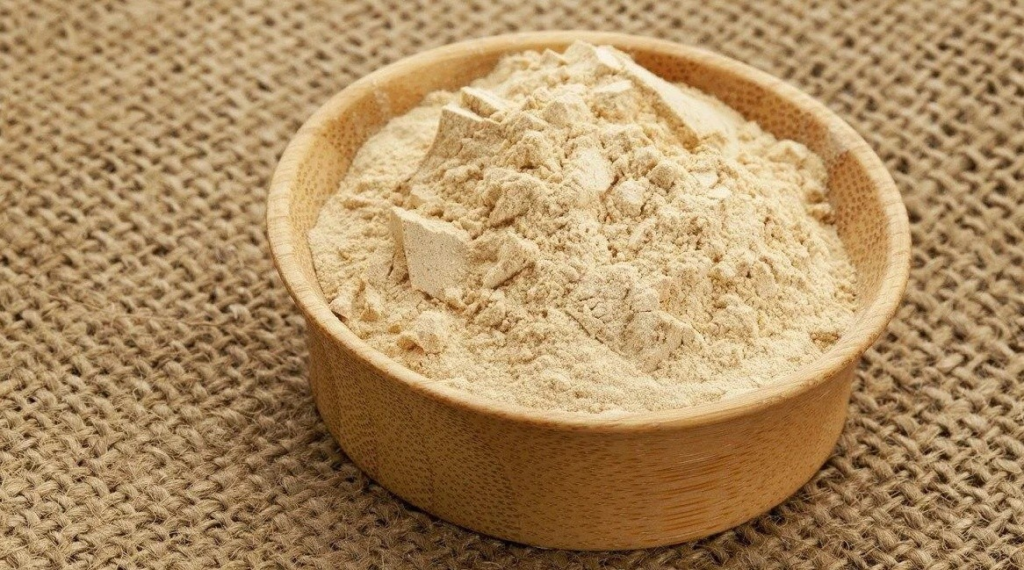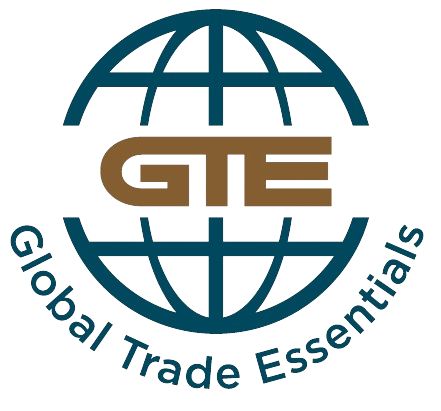Miracle Food
As an experienced writer, I’m thrilled to dive into the fascinating world of xanthan gum – a remarkable ingredient that has transformed the landscape of various industries.
Xanthan gum is a versatile and innovative compound that has become an integral part of our daily lives, from the Miracle Food we consume to the personal care products we use.
The History of Xanthan Gum
Xanthan gum has a rich and fascinating history that dates back to the 1950s. It was initially discovered by scientists at the United States Department of Agriculture (USDA) while studying the fermentation of corn sugar by the bacterium Xanthomonas campestris.
This discovery led to the development of a unique polysaccharide, which was later named xanthan gum, after the Xanthomonas bacteria that produced it.
How is Xanthan Gum Made?
Xanthan gum is produced through a fermentation process involving the Xanthomonas campestris bacteria.
- Cultivation of Xanthomonas campestris bacteria in a nutrient-rich medium, such as glucose or sucrose.
- Fermentation of the bacteria, during which they produce the xanthan gum polysaccharide.
- Separation and purification of the xanthan gum from the fermentation broth.
- Drying and milling of the purified xanthan gum to produce the final powder form.
The resulting xanthan gum powder is a versatile and stable ingredient that can be used in a wide range of applications.

Properties and Characteristics of Xanthan Gum
Xanthan gum is a unique and remarkable compound that possesses a variety of properties that make it highly valuable in various industries. Some of the key properties and characteristics of xanthan gum include:
- Pseudoplastic Behavior: Xanthan gum exhibits a pseudoplastic, or shear-thinning, behavior, meaning that its viscosity decreases when subjected to shear stress, such as stirring or mixing. This property makes it easy to disperse and incorporate into various formulations.
Applications of Xanthan Gum in the Food Industry
The food industry has been one of the primary beneficiaries of xanthan gum’s remarkable properties. Xanthan gum has found numerous applications in this sector, including:
- Thickening and Stabilizing Agent: Xanthan gum is widely used as a thickening and stabilizing agent in a variety of Miracle Food products, such as salad dressings, sauces, gravies, and dairy products, helping to improve their texture and mouthfeel.
- Emulsion Stabilizer: Xanthan gum’s ability to stabilize emulsions makes it a valuable ingredient in products like mayonnaise, salad dressings, and ice cream, preventing separation and maintaining a smooth, creamy texture.
Xanthan Gum in the Pharmaceutical Industry
The pharmaceutical industry has also recognized the remarkable potential of xanthan gum, and it has found numerous applications in this sector:
- Tablet Binder and Disintegrant: Xanthan gum can be used as a binder and disintegrant in the formulation of pharmaceutical tablets, helping to improve the tablet’s physical properties and dissolution characteristics.
- Controlled-Release Formulations: Xanthan gum’s ability to form viscous solutions and gels makes it a valuable ingredient in the development of controlled-release drug delivery systems, allowing for the sustained and targeted release of active pharmaceutical ingredients.
Industrial Uses of Xanthan Gum
Beyond the food, pharmaceutical, and personal care industries, xanthan gum has found numerous applications in various industrial sectors:
- Oil and Gas Industry: Xanthan gum is used as a rheology modifier in drilling fluids and fracturing fluids in the oil and gas industry, helping to improve the flow and suspension properties of these fluids.
- Paints and Coatings: Xanthan gum is incorporated into paints and coatings to enhance the viscosity, improve the suspension of pigments, and provide a smooth and uniform application.
Innovations and Advancements in Xanthan Gum Technology
As the demand for xanthan gum continues to grow, researchers and scientists have been actively exploring new and innovative ways to enhance its properties and expand its applications. Some of the recent advancements in xanthan gum technology include:
- Genetically Modified Xanthan Gum: Researchers have developed genetically modified strains of the Xanthomonas campestris bacteria, which can produce xanthan gum with modified chemical structures and enhanced functionalities, such as improved thermal stability or increased viscosity.
- Enzymatic Modifications: Enzymes have been used to selectively modify the structure of xanthan gum, leading to the development of new variants with tailored properties, such as improved solubility or reduced viscosity.

Conclusion:
As we’ve explored, xanthan gum is a truly remarkable and multifaceted compound that has revolutionized numerous industries, from food and pharmaceuticals to personal care and beyond. Its unique properties, versatility, and continued advancements in technology have made it an indispensable ingredient in a wide range of applications.
Looking to the future, the potential impact of xanthan gum is poised to grow even further. As the demand for innovative, sustainable, and high-performance products continues to rise, the role of xanthan gum will become increasingly crucial. From the development of novel drug delivery systems to the creation of eco-friendly personal care products, the possibilities are endless.


